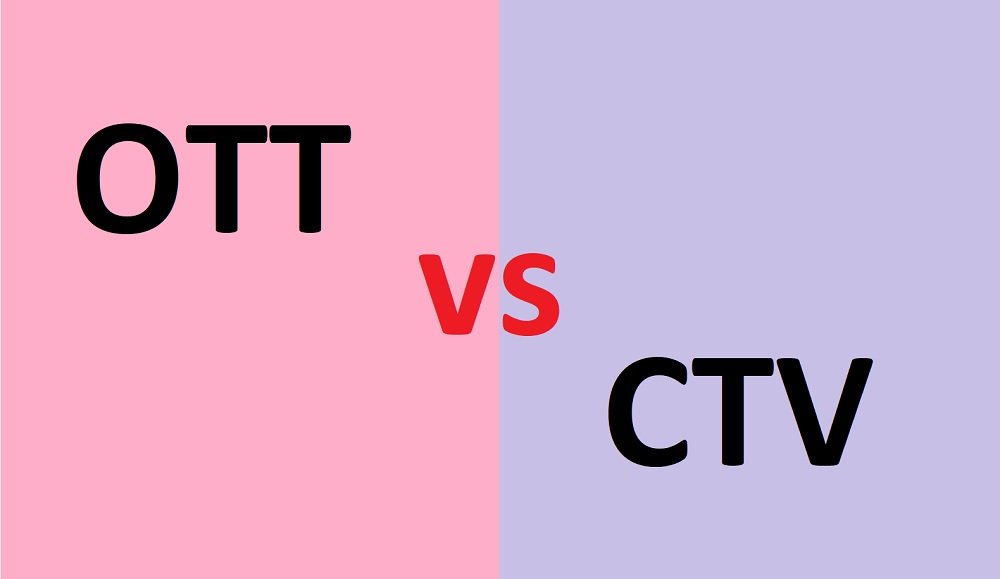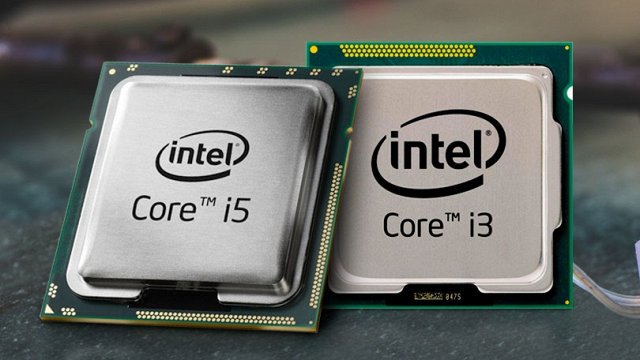OTT Vs. CTV: How Do They Differ?
With the advent of smart TVs. and devices, you’ll hear the two terms OTT and CTV thrown about often interchangeably.
This can create some confusion, and people can mistakenly think they are the same. So, what’s the difference between OTT and CTV? Let’s explain it:
What Is OTT?

Over The Top refers to any media that users stream over the internet. The device used to watch OTT can be a mobile or television. OTT viewers use various video libraries or streaming services to watch media. Examples include YouTube and Netflix.
OTT viewers usually pay money in the form of subscription fees for the media they consume.
This subscription fee is usually lower and can offer more shows and even some original works, in the case of Netflix. Podcasts are also offered on these platforms.
Due to cross-platform support, this type of media sees more use than cable TV. You do not necessarily need a TV to watch it, as you can watch streams on YouTube and Netflix on your mobile phone.
What Is CTV?

CTV refers simply to the device and most commonly refers to smart TVs. as they can stream videos. Most of these TVs. have connectivity options like WiFi or Ethernet to allow you to search streams for viewing.
Aside from smart TVs., devices that can connect to the TV and have internet access for themselves are also collectively counted as CTVs.
Many video game companies also offer the ability to watch videos on their consoles via their apps and second-hand internet access. Such examples include Nintendo and Sony with their Playstation consoles.
Differences Between OTT and CTV

OTT stands for Over The Top, while CTV stands for Connected Television. To clarify, the over the top in OTT refers to media content delivered over the internet or satellite broadcasts.
Meanwhile, CTV refers to a television that is connected to the internet like many smart TVs. The connection can also be made wirelessly or through an Ethernet cable.
The primary difference between CTV vs. OTT is that OTT stands for media users can watch on a device of their choosing. CTV refers to the device which is connected to the internet and that a viewer uses for viewing.
Despite referring to television, CTV encompasses many other devices as long as they are connected to the TV set.
Recommended for You:
OTT Vs CTV: The Comparison Table
| Parameters Of Comparison | OTT | CTV |
| Refers to | OTT refers to media content such as videos and movies | CTV refers to devices mostly a television or devices that can connect to the television |
| Payment | Subscriptions are used to watch or view OTT media using services like Netflix | The corresponding device with an internet connection is bought |
| Viewing Options | Restricted to what the app or subscription service offers. Includes original shows | Usually has more viewing options and isn’t restricted to what the subscription service offers |
| Advertising Options | OTT allows for a larger audience when advertising | CTV allows for a smaller but more targeted audience when advertising |
Key Takeaways
- OTT stands for over the top and is a type of media. CTV stands for Connected Television and is a type of device.
- You can watch OTT media on a CTV.
- Watching OTT media on a device often requires a subscription or having the correct app, like Netflix.
- A smart TV counts as a CTV due to internet access and being able to stream videos.
Conclusion
We hope that this article has illustrated the differences between these two terms. To summarize this comparison of OTT vs. CTV, the former refers to a type of media that people consume. CTV refers to a device on which a person consumes the media.





